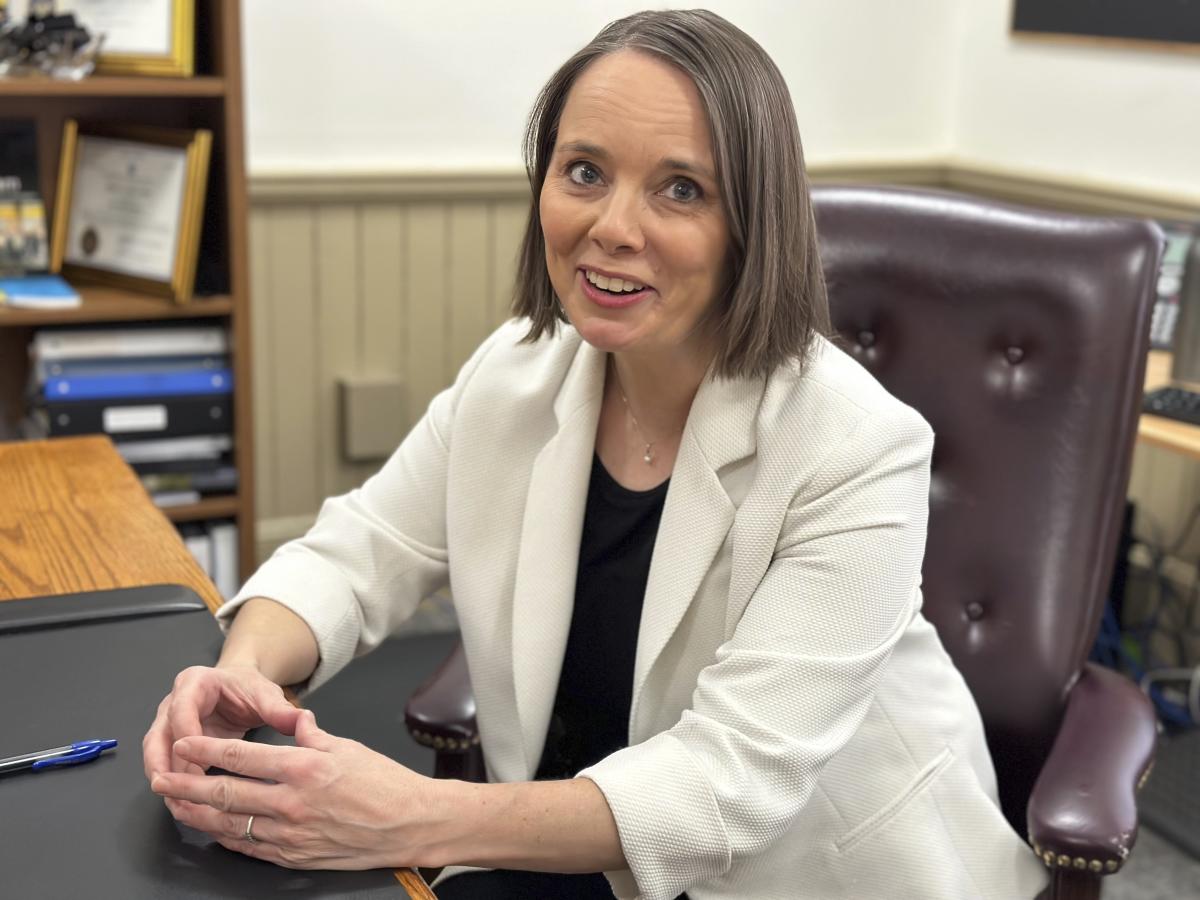Seventy years after Brown v. Board of Education struck down racial segregation of the nation’s public schools, Black students still face unequal opportunity and outcomes in California’s schools, according to new findings previewed this week in Sacramento.
“Whether you’re a parent, a student or an educator, the promise of Brown v. Board has not been reached,” said Amir Whitaker, policy counsel at American Civil Liberties Union Southern California and author of the State of Black Education 2024 California Report Card.
Inside an N Street legislative hearing room Wednesday with the State Capitol as backdrop, Black educators, lawmakers, parents and students outlined those challenges and what is needed to overcome them. A full report is due in the fall, but the May preview pointed to the deep gaps that persist as does frustration and a call for new action to turn the tide.
“We want a 21st century, multiracial learning community, not a social control system. We need a well-funded curriculum that’s reflective of us, said Carl Pinkston, operation director of Sacramento education equity advocates, Black Parallel School Board. “We need Black teachers. We need a whole new way of looking at the educational system.”
“Our kids are at the top of the charts for the highest disparities. We look good in the worst ways possible, not only in Stockton, but in the state of California,” said Karesha Boyd, chair of Stockton Unified School District’s Black Parent Advisory Committee. “When we’re executing the plan for Black education, we need to execute on reinventing what education looks like for us as a community.”
Among the outcomes pulled from state, federal and local education data:
▪ Only 17% of Black students met or exceeded the state’s assessment standards for math in the 2022-2023 school year, compared to nearly half of white students; 30% of Black students met those same standards for English. Six in 10 white students met the standard.
▪ About 78% of Black students graduated high school compared to 90% of white students in 2023, but the percentage who went on to college dropped to 55%, compared to 68% of white students.
▪ Fewer than 4% of California’s teachers are Black, though Black students make up more than 5% of the state’s K-12 enrollment.
▪ Roughly 37% of Black students in California were chronically absent — absent 10% or more instructional days — in the 2022-2023 school year compared to 20% of white students.
Representation in the classroom
For Kalani Griffith, a sophomore at River City High School in West Sacramento and a youth senator of the statewide organization Black Students of California United, stemming the exodus starts with increasing the numbers of Black teachers in a state where just 3.8% of all teachers are Black. Griffith also suggested opening more community schools where students have greater access to educational, mental health and other resources.
“Us Black students, we need to see more teachers who look like us, to go to for support,” Griffith said. “There’s not a lot of adults who look like us in school who can help us succeed.”
For the past seven years, Whitaker’s work has focused on the disparities Black students and families face in California and nationwide, connecting historical injustices to current inequalities. It dovetails with the work of lawmakers on the California Legislative Black Caucus now pushing historic reparations legislation for Black Californians at the State Capitol.
“We need to get past that misnomer, that misinformation, that we don’t value education. That’s the farthest thing from the truth, said state Sen. Steven Bradford, D-Gardena, and California Legislative Black Caucus vice chair. “For over 250 years, we were tortured, sometimes even killed, for trying to learn how to read and write.
“If we know the truth about this country and about African-Americans, we’ve always valued education, but it’s always been a struggle to get that education,” Bradford continued. “We’ve had to go through more obstacles than anyone else just to get educated.”
The two years of work by a specially convened Reparations Task Force set the stage for legislation now before lawmakers. Investing in the state’s Black students was a key plank. Task force members called on lawmakers “to ensure that African-Americans students across California have every educational resource, support and intervention needed to end the persistent racial disparities and permanently close the opportunity gap.”
“You have a right to your education,” said Assemblymember Mia Bonta, D-Oakland, a member of the California Legislative Black Caucus and the Assembly’s Education Committee. “We, as a Black community, have a right to ensure that we have the ability to be educated, to thrive, to not have to suffer the outcomes that show the disparities in experiences every single day.”
Signup bonus from




